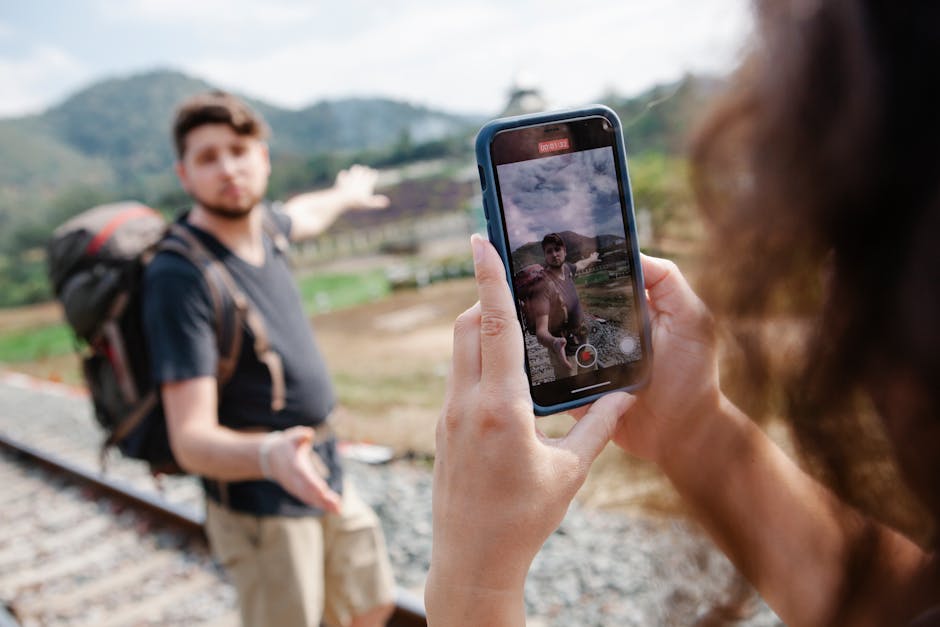The Role of Digital Storytelling in Social Change
In today’s digital age, storytelling has become a powerful tool for igniting social change. Through the use of digital platforms, individuals and organizations can craft compelling narratives that educate, inspire, and mobilize audiences to take action. From raising awareness about important social issues to advocating for policy change, digital storytelling has the ability to shape public opinion, influence behavior, and drive meaningful impact.
Understanding Digital Storytelling

Digital storytelling is the practice of using digital tools such as video, photography, social media, and interactive websites to tell stories. Unlike traditional storytelling methods, digital storytelling leverages technology to create immersive, multimedia experiences that engage the senses and emotions of the audience. By combining text, images, audio, and video, storytellers can convey complex ideas in a dynamic and interactive way.
The Power of Personal Narratives

One of the key strengths of digital storytelling lies in its ability to amplify personal narratives. By sharing their own stories, individuals can humanize social issues, make them relatable, and foster empathy among viewers. Personal narratives have the power to break down barriers, challenge stereotypes, and build connections across diverse communities.
For example, the #MeToo movement, which started as a social media campaign to raise awareness about sexual harassment and assault, gained momentum through the collective sharing of personal stories. Survivors of abuse used digital platforms to share their experiences, sparking a global conversation and leading to widespread social change.
Advocacy and Awareness Campaigns

Nonprofit organizations and advocacy groups have also embraced digital storytelling as a powerful tool for promoting their causes. By creating compelling narratives that highlight the impact of their work, these organizations can attract donors, volunteers, and supporters to their cause.
One notable example is the ALS Ice Bucket Challenge, a viral social media campaign that raised awareness and funds for amyotrophic lateral sclerosis (ALS) research. Participants were challenged to dump a bucket of ice water over their heads and nominate others to do the same, spreading awareness about the disease and encouraging donations to support research efforts.
Documenting Social Movements

Digital storytelling has played a crucial role in documenting and preserving social movements throughout history. By capturing key moments, testimonies, and voices of activists, digital storytelling ensures that the legacy of social movements is not forgotten.
For example, the Black Lives Matter movement has utilized digital platforms to share stories of racial injustice, police brutality, and systemic racism. Videos, photos, and personal accounts shared on social media have helped to raise awareness about these issues and mobilize support for the movement’s goals.
Challenges and Ethical Considerations
While digital storytelling offers numerous benefits for social change efforts, it also presents challenges and ethical considerations that must be addressed. One of the main challenges is the potential for misinformation and manipulation in digital narratives. In an era of fake news and deepfakes, ensuring the authenticity and credibility of digital stories is essential.
Additionally, there are ethical concerns surrounding consent, privacy, and representation in digital storytelling. It is important for storytellers to obtain permission from individuals featured in their narratives, respect their privacy rights, and accurately represent their experiences and perspectives.
Measuring Impact and Effectiveness
Measuring the impact and effectiveness of digital storytelling initiatives is essential for evaluating their success and refining future strategies. Organizations can track metrics such as website traffic, social media engagement, and donation conversions to gauge the reach and effectiveness of their storytelling campaigns.
Qualitative data, such as audience feedback, testimonials, and case studies, can also provide valuable insights into the emotional impact and behavioral change resulting from digital storytelling efforts. By analyzing both quantitative and qualitative data, organizations can assess the overall impact of their storytelling initiatives and make informed decisions for future campaigns.
Empowering Marginalized Communities
Digital storytelling has the power to amplify the voices of marginalized communities and empower them to share their stories on a global scale. By providing a platform for marginalized voices to be heard, digital storytelling can challenge dominant narratives, highlight social injustices, and advocate for change.
For example, Indigenous communities around the world have used digital storytelling to preserve their cultural heritage, raise awareness about land rights, and advocate for environmental conservation. Through videos, podcasts, and interactive websites, Indigenous storytellers are reclaiming their narratives and challenging stereotypes about their communities.
Common Misconceptions
One common misconception about digital storytelling is that it is only effective for reaching younger audiences. While digital platforms are popular among younger demographics, digital storytelling can resonate with audiences of all ages. By tailoring content to different audience segments and platforms, organizations can reach a diverse range of viewers and maximize the impact of their storytelling efforts.
Conclusion
To wrap things up, digital storytelling plays a crucial role in driving social change by amplifying personal narratives, promoting advocacy campaigns, documenting social movements, and empowering marginalized communities. By harnessing the power of digital tools and platforms, storytellers can create compelling narratives that inspire action, foster empathy, and catalyze positive change in society. As technology continues to evolve, the potential for digital storytelling to drive social change remains limitless, offering new opportunities for storytellers to make a meaningful impact on the world.




